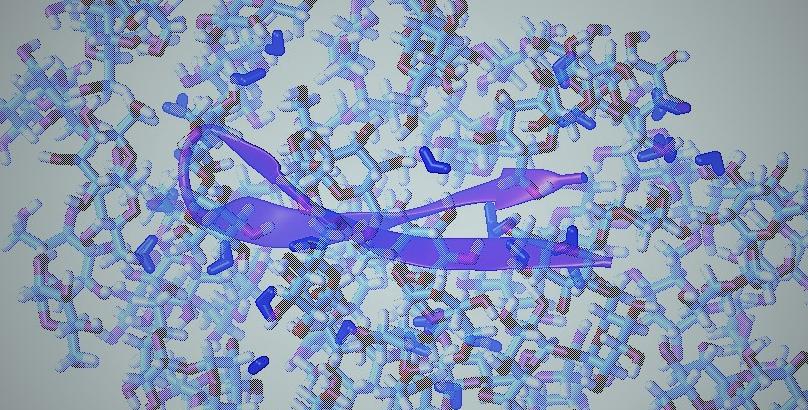Micro-molecular Crowding and Osmotic Effect on Peptide Folding and AggregationNature has developed many strategies to ensure that protein folding occurs in vivo with efficiency and fidelity. Among the most widely employed strategies is the use of small solute molecules called osmolytes that most often confer stability to folded proteins by preferential exclusion from macromolecular surfaces. Recent evidences indicate that modest changes in environmental conditions set by osmolytes and other cosolutes can have profound impacts on protein and peptide conformation and aggregation. One of our main focuses has been to elucidate how proteins and peptides are influenced by the crowded cellular environments. It is hard to imagine that this crowding does not profoundly influence macromolecular interactions in the cellular environment. However, for many years and until recently, this effect has been largely ignored. Our recent efforts to follow this crowding and osmolyte activity yielded surprising results that are changing the way we understand the osmotic action of cosolutes. Specifically, our results contrast the prevailing entropic mechanisms that have been suggested to determine protein stability. Instead, we are seeing that even though solutes are excluded from macromolecular surfaces, the solution and its structure still play dominant roles in determining protein stability. This paradigm shift has also led us to study the formation of amyloid fibers in solution. We find that here, too, osmolytes do not seem to conform to the prevailing ideas of macromolecular crowding. Instead, osmolytes seem to affect amyloid aggregation differently than macromolecular crowders (such as the polymer PEG), in that they delay the time required for fibril nucleation, but increase the amount of fibrils formed at equilibrium. Recent references:
|
|



